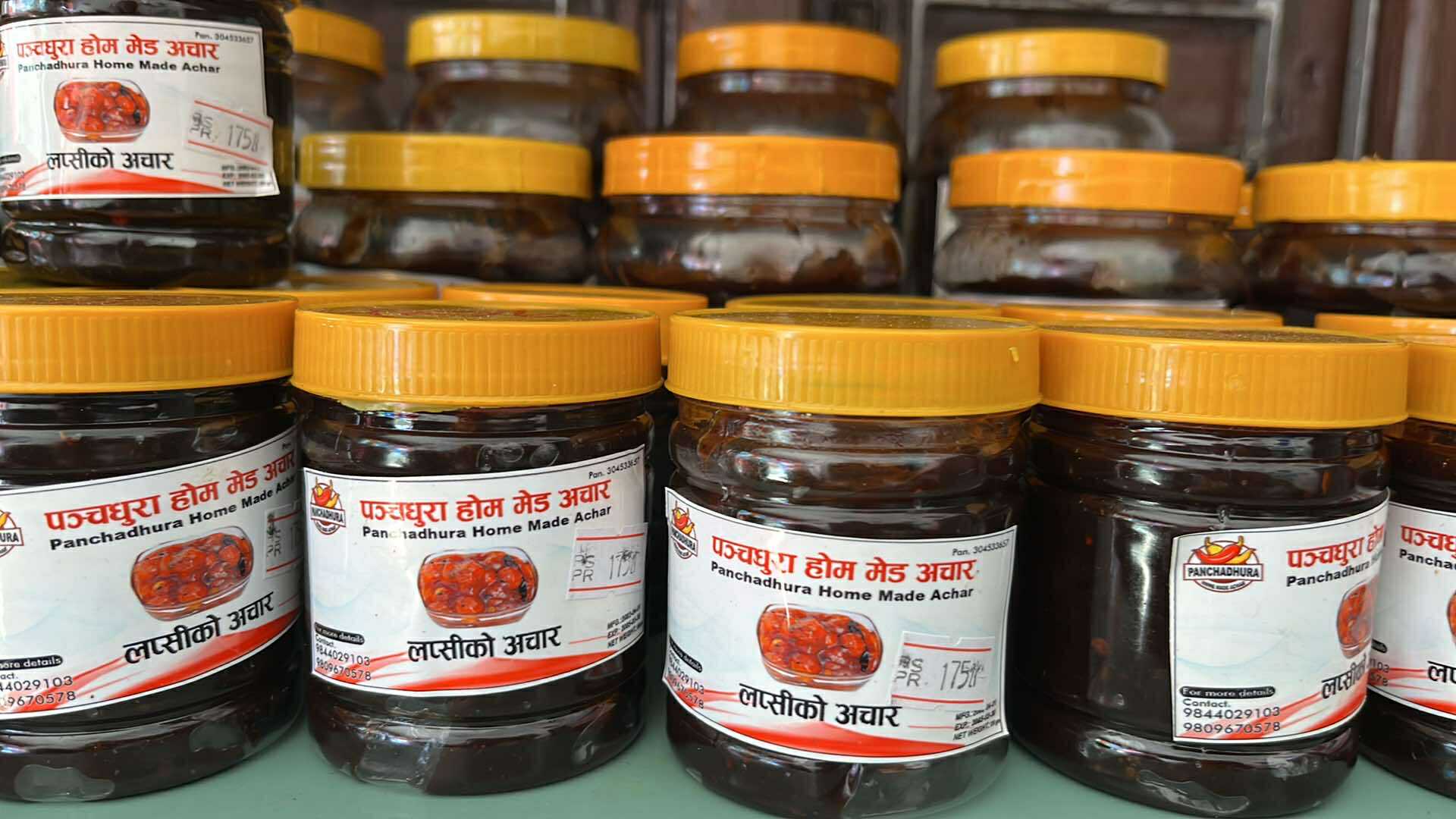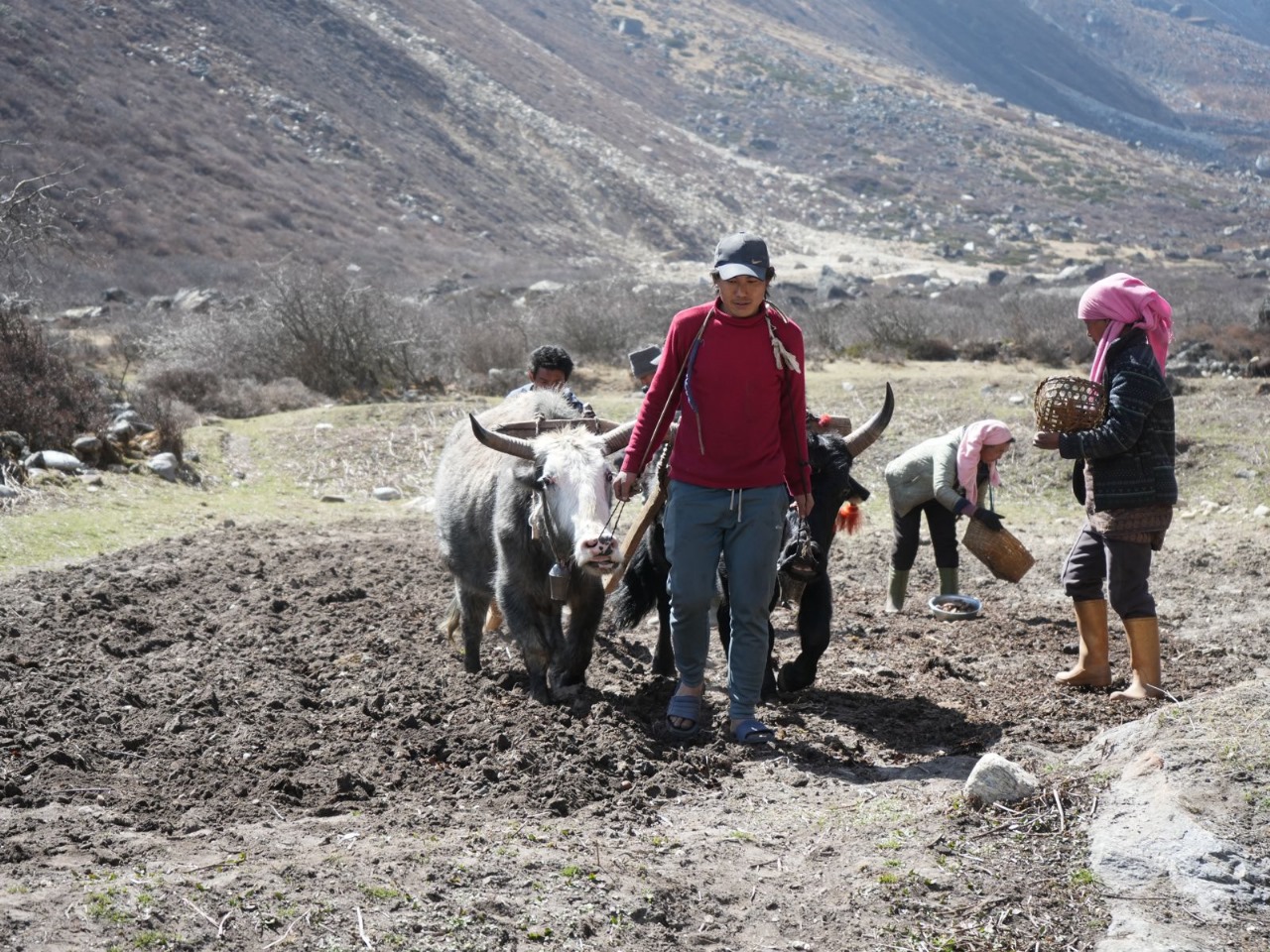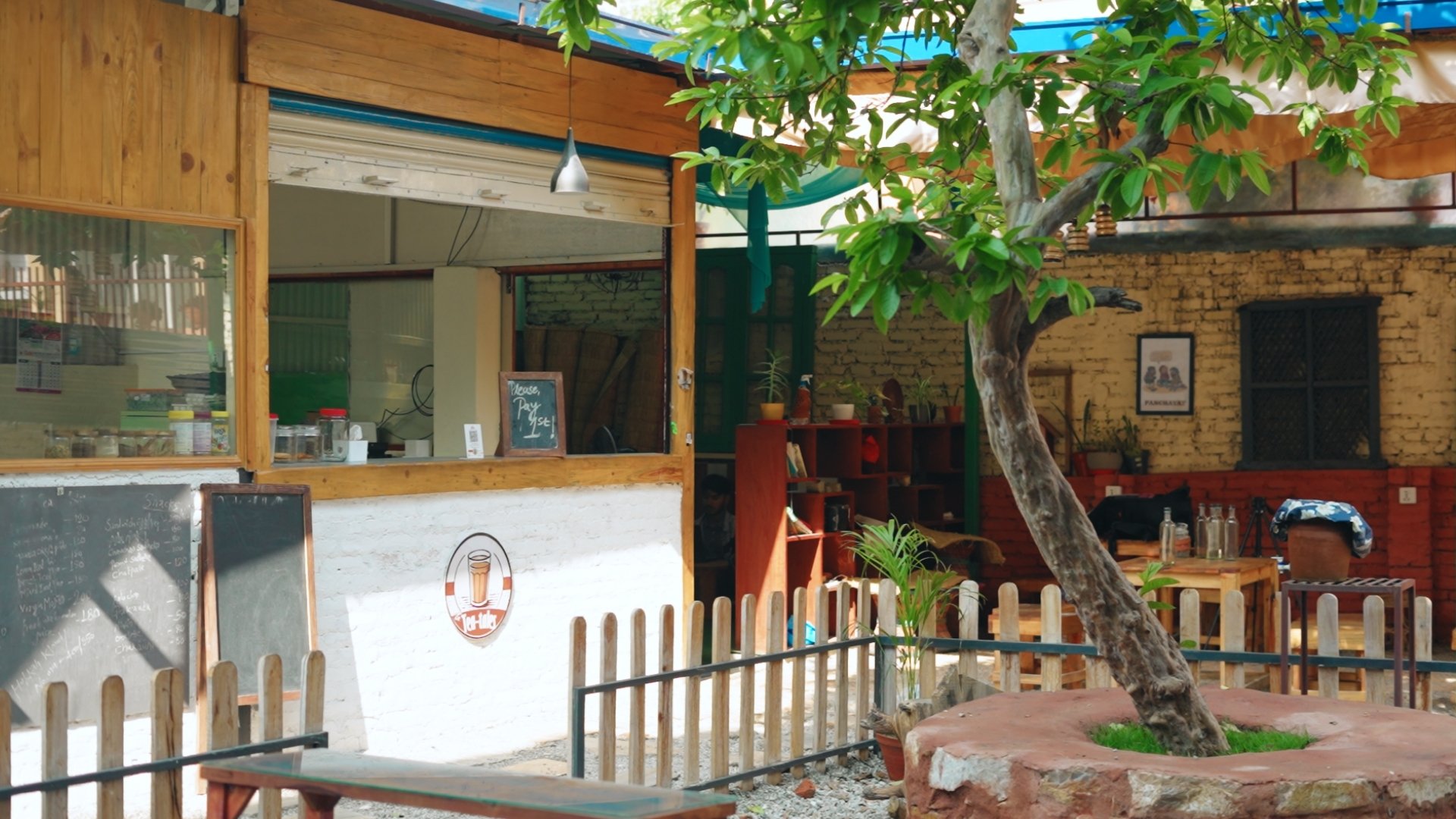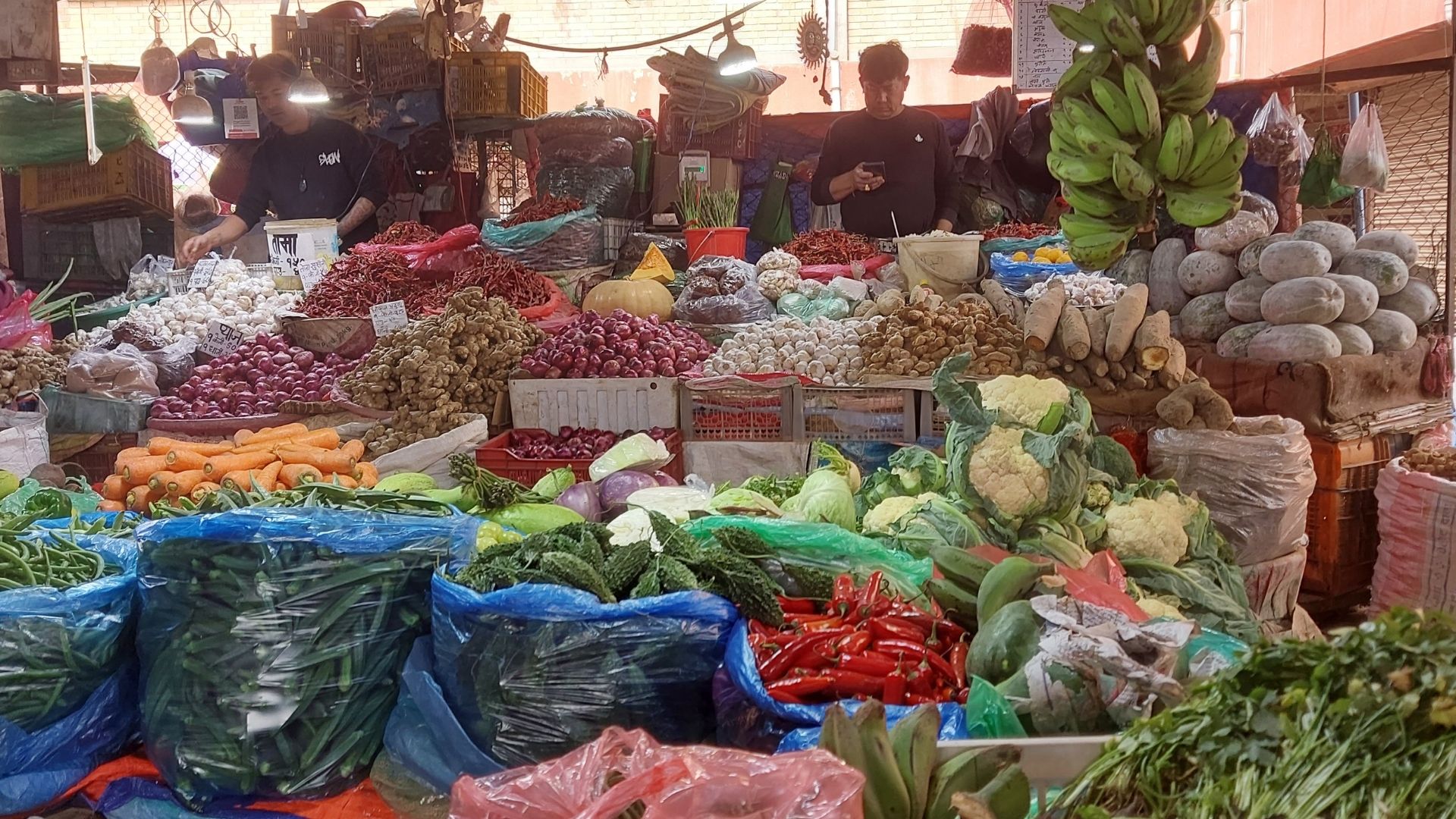In Nepal, most micro, small, and medium enterprises (MSMEs) operate informally, guided by day-to-day survival rather than long-term direction. However, without a clear Vision, Mission, and Objectives, even the most promising businesses risk losing focus, direction, and potential growth opportunities.
This guide is created specifically for Nepali MSME owners and aspiring entrepreneurs who may not have a business background but want to learn how to build strategic clarity. Here, we walk through the thinking process and offer practical tools to write your own Vision, Mission, and Objectives (VMO).
1. Why You Need Vision, Mission, and Objectives (VMO)
- Vision gives your business a long-term destination—a picture of the future you aim to build.
- Mission explains what you do every day to reach that future.
- Objectives are measurable steps that help you know you’re making progress.
Common Symptoms of Lacking VMO:
- Confused priorities or changing goals.
- Employees unclear about what matters most.
- Difficulty pitching your idea to partners, banks, or investors.
- No way to measure business progress besides profit or loss.
In Nepal’s context, many MSMEs begin as family-run, cash-based ventures. Still, having a clear VMO can help these businesses formalize, access finance, and grow with purpose.
2. Thinking About Your Vision
Your vision is your dream, your “why”. It is not what you are doing today but what you want your business to become or achieve in 5–10 years.
Ask Yourself:
- What change do I want to create through my business?
- If I’m successful, how will my community or customers benefit?
- What is my enterprise’s long-term purpose?
Examples (Nepal-based contexts):
- “To become Nepal’s most trusted herbal skincare brand, promoting natural wellness and rural women entrepreneurship.”
- “To make high-quality technical education accessible to every village in Province 2.”
Quick Exercise:
- Write 3 words that describe your dream outcome.
- Add: “To become / To build / To transform…” → Your draft vision.
3. Crafting Your Mission
Your mission is what you do daily to achieve your vision. It connects your activity to your customers and your approach.
Ask Yourself:
- What product or service do I provide?
- Who are my customers?
- What value am I offering them?
- What is unique about how I deliver it?
Examples:
- “We produce eco-friendly paper bags by employing single women from marginalized communities.”
- “Our training center provides affordable digital skills to youth from rural areas so they can compete in the job market.”
Format:
[What you do] + [For whom] + [How/why it’s different or meaningful]
Quick Template:
“We [do/provide/create] ___ for ___ by ___.”
4. Setting Business Objectives
Unlike vision and mission, objectives are short-term, specific targets. These keep you on track and help measure progress.
Use the SMART method:
- Specific – Clear and focused.
- Measurable – Quantifiable.
- Achievable – Realistic.
- Relevant – Aligned to your mission.
- Time-bound – Deadline-driven.
Examples:
- Increase monthly sales by 20% within 6 months.
- Train 50 rural women in tailoring by end of this fiscal year.
- Open two additional retail outlets in Kathmandu Valley in the next 12 months.
Exercise:
- Think of one major improvement your business needs.
- Turn it into a SMART objective using the format:
“To [achieve something] by [when], measured by [what metric].”
5. Aligning Your VMO
Once you’ve drafted all three, ensure they work together:
- Your objectives should move your business toward your vision.
- Your mission should guide how you accomplish your objectives.
- All should reflect your enterprise’s identity, culture, and community impact.
Example Alignment (for a local agri-processing MSME):
- Vision: “To be Nepal’s leading producer of organic dried fruits empowering hill farmers.”
- Mission: “We source and process premium organic fruits from local farmers, ensuring fair prices and quality products.”
- Objectives:
- Onboard 100 new farmers from Kaski and Tanahun within 1 year.
- Export to 3 new international markets by next December.
- Increase processing capacity by 30% in 18 months.
6. Real Stories from Nepali MSMEs
- MSLB-SL Ltd.: Their mission includes promoting micro-enterprises to improve livelihoods. Their objective: increase quality and profitability by 50% within 3 years.
- Good Neighbours Nepal: A social enterprise working for community development. Their goal setting includes training, women empowerment, and disaster response—guided by a strong mission of service.
7. Use Your VMO in Daily Practice
Once created, don’t hide your VMO in a drawer. Use it to:
- Train staff.
- Guide daily decisions.
- Communicate with banks, NGOs, and government agencies.
- Apply for grants or finance (where vision/mission is often required).
- Evaluate performance annually.
8. Final Checklist: Is Your VMO Ready?
✅ Is your vision future-focused and inspiring?
✅ Does your mission clearly say what you do, for whom, and how?
✅ Are your objectives SMART?
✅ Do they align and reflect your values and goals?
Templates (Fill-in-the-blank)
Vision:
“To become _________ by _________ so that _________.”
Mission:
“We provide _________ for _________ through _________.”
Objective Example:
“Increase _________ by ___% within ___ months.”_
















